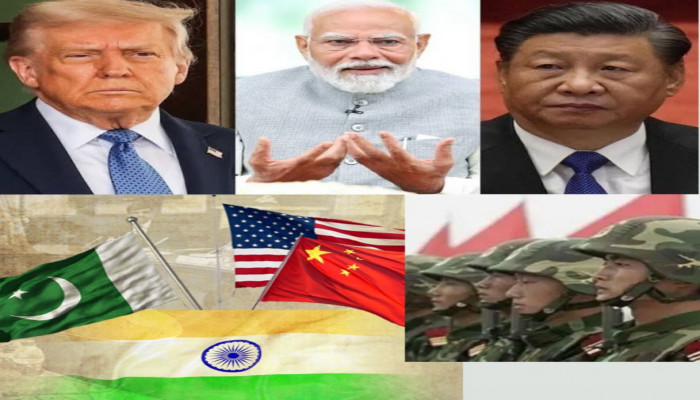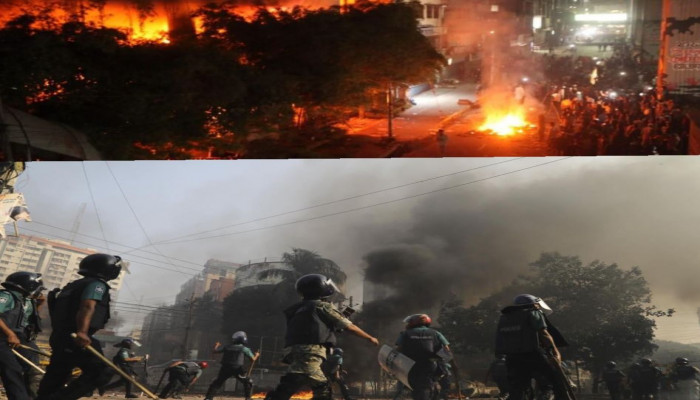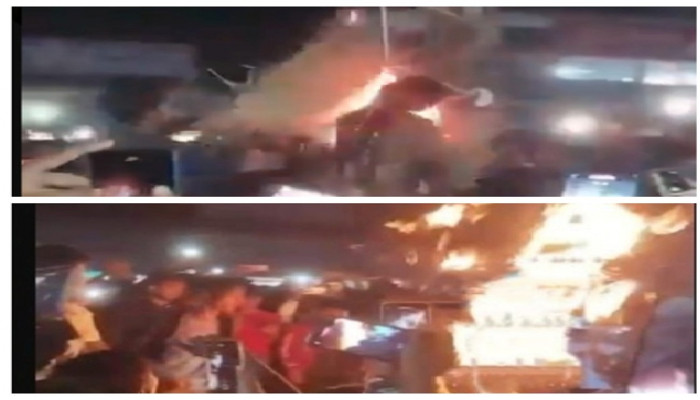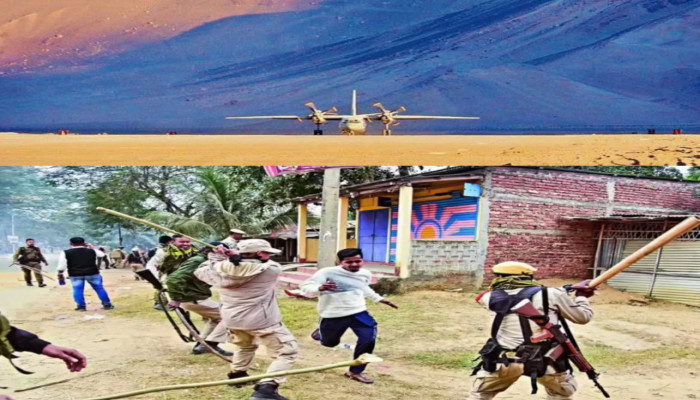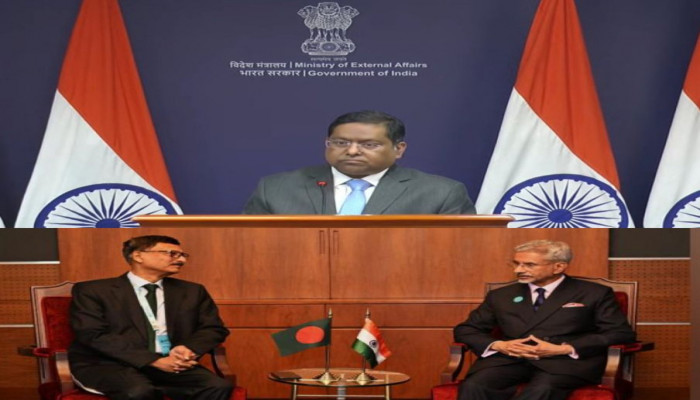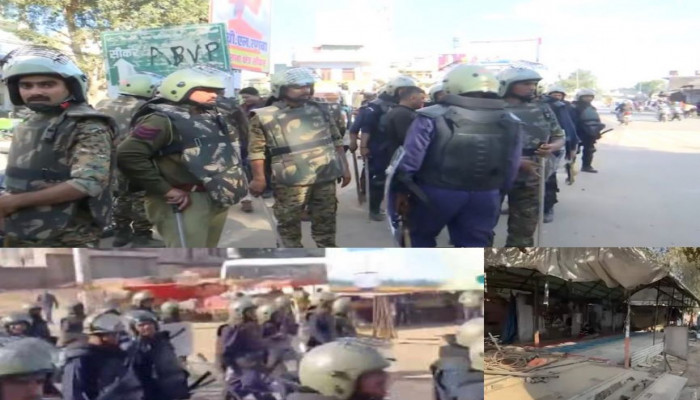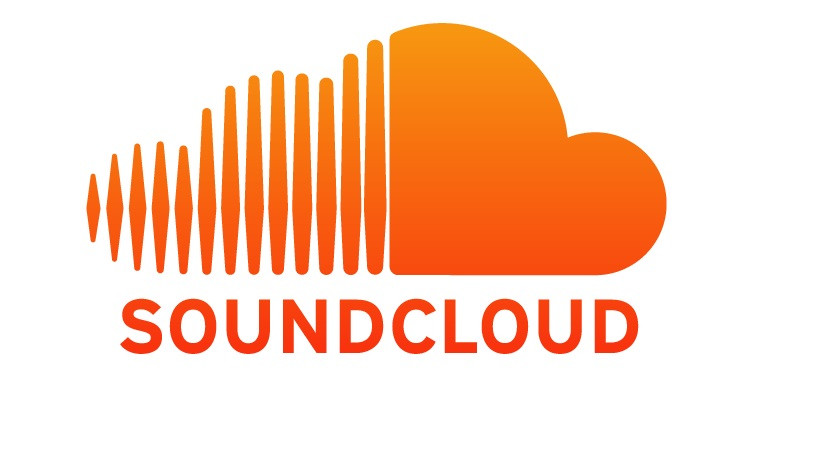- Dec 25, 2025
- Vladimir Adityanaath
Featured Articles
A Pre-Planned Inferno: Nine Hindus Escape Deadly Arson Attack in Bangladesh, Left Destitute as the State Offers No Relief
At around 3 a.m. on December 20, 2025, as West Banik Para in Ward №5 of Rauzan Upazila, while the Chattagram District slept, an attack unfolded behind closed doors. The homes of Anil Shil and Sukha Shil were locked from the outside. Clothes soaked in kerosene were placed against the walls and roof. Moments later, both houses were set ablaze, trapping nine Hindu men, women, and children inside. This was not a burglary gone wrong or an act of random vandalism. Mithun Shil, one of the victims, has stated unambiguously that the purpose of the arson was to kill him and his family. There was no feud, no land dispute, no personal enmity to explain the violence. The attackers ensured escape would be impossible, locking or barring all exits before setting the fires. What followed was a fight for life measured not in minutes but in seconds. As flames climbed and smoke choked the rooms, the trapped families hacked openings through their tin walls and forced their way out. They fled with nothing. Not their belongings. Not their passports or identity documents. Not even their domesticated geese. Mithun Shil claims that his family alone has suffered financial losses of at least 10 lakh (1 million) Bangladeshi Taka (BDT). By dawn, the house was gone — reduced to ash and a few blackened pillars. By noon, local Hindu organisations found the women and a child sitting silently on a borrowed bed frame under the open sky, alive by chance. The official description, familiar and evasive, followed quickly: “unknown miscreants.” In Bangladesh, this phrase has become a shield for deflecting accountability even as patterns repeat themselves with chilling regularity. Rauzan knows this pattern well. Four Hindu families and one Buddhist family in the same region were targeted in similar arson attacks [1]. These are not isolated sparks. They are part of a larger, documented blaze. According to the Bangladesh Hindu Buddhist Christian Unity Council, between August 4, 2024, and June 30, 2025, there were approximately 2,010 to 2,244 incidents of violence against minorities, including Hindus. The numbers themselves are staggering. The response to them is even more so. For the victims, the aftermath is often as brutal as the attack itself. Homes are destroyed. Livelihoods erased. Identity papers, passports, savings — gone in minutes. Women and children are displaced overnight, left dependent on charity rather than protection. And almost invariably, there is no compensation. To date, there is only one confirmed and publicly documented instance of the unelected Yunus regime announcing financial assistance to a Hindu victim of communal violence. One — amid thousands of reported cases across the country. This absence is not merely an administrative failure. It reflects a hierarchy of lack of concern. It signals that survival is the ceiling of expectation, not justice. That rebuilding is a private burden. That recognition, repair, and restitution are optional, not obligations. Amit Parial, a Chattagram-based Hindu rights activist, puts it bluntly, “I do not seek justice because I know that, in practice, it is treated as a crime to be born Hindu in Bangladesh.” [3] Such testimonies are uncomfortable, but they are not anomalous. They reflect a widening gap between constitutional promise and lived reality. Bangladesh’s guarantees of equality and religious freedom exist on paper. On the ground, they dissolve at the first spark of organised violence. Ground Report: https://www.facebook.com/share/p/17oQmdGH4c/ References: https://hinduvoice.in/trapped-and-set-ablaze-how-three-hindu-families-in-rauzan-escaped-an-attempt-to-burn-them-alive/ https://www.thedailystar.net/news/bangladesh/crime-justice/news/police-investigating-fire-incidents-two-homes-chattograms-raozan-4063391?utm_source=chatgpt.com https://www.facebook.com/share/v/1ArJV1eHPB/- Dec 24, 2025
- Myind Staff




